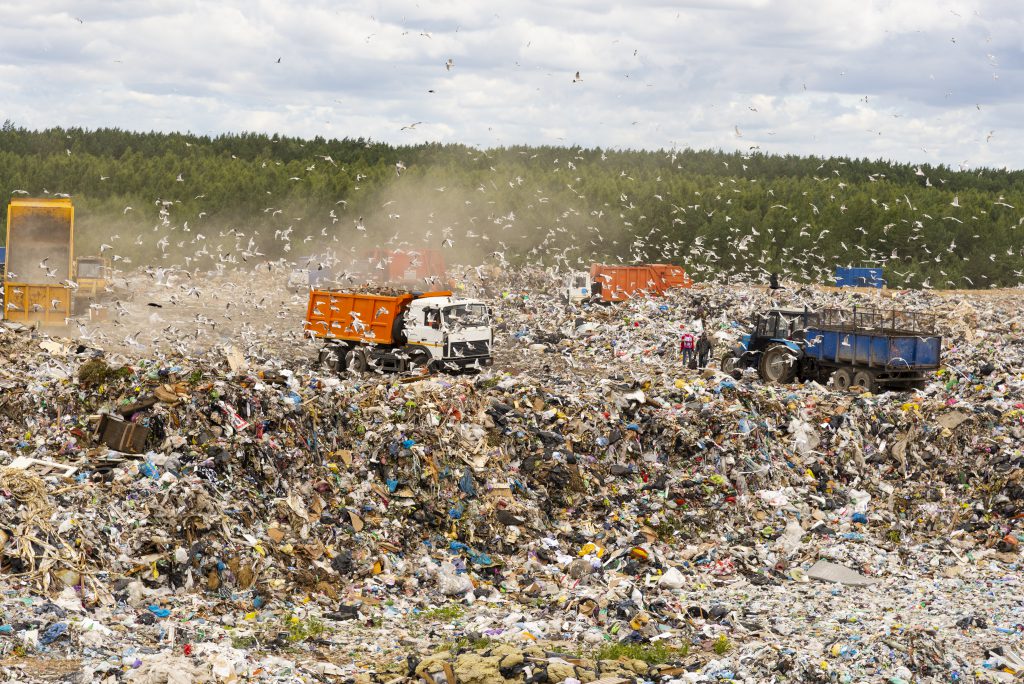In 2018 and 2019, humans were responsible for releasing all-time high levels of carbon dioxide into the atmosphere. Scientists say if we want to avoid the worst impacts of climate change, greenhouse gas (GHG) emissions need to be brought down to “net zero” by 2050. Achieving this goal in three decades will require a massive transformation of every sector of the economy.
For example, the Center for American Progress found that reaching net-zero emissions in the United States by 2050 will involve producing 65 percent clean electricity by 2030 and cutting manufacturing emissions by at least 15 percent within the same time period. By 2035, every new car sold will need to be a zero-emission vehicle, and new buildings and appliances will need to be electric and highly efficient. In addition, the country must protect 30 percent of lands and oceans by 2030 and convert another 100 million acres of agricultural land to climate-smart farming practices.
It’s an overwhelming challenge, yet researchers and other experts believe broad coalitions and political action make net-zero emissions achievable.
What Does Net-Zero Emissions Mean?
As defined by the World Resources Institute, achieving net-zero emissions means reducing human-caused GHG emissions as much as possible and balancing out any remaining emissions by eliminating them from the atmosphere via carbon removal. This is related to “carbon neutrality” or “climate neutrality”, but net zero explicitly prioritizes cutting human-caused emissions such as those released by fossil fuels to as near to zero as possible. Only those GHGs that could not be prevented by other means would then be offset by an equivalent amount of carbon removal through processes like direct air capture and storage or forest restoration.
How to Achieve Net-Zero Emissions
According to the World Economics Forum, we can achieve net-zero emissions by 2050, but it will require action on three fronts.
- Technology. Many technologies exist that can help reach net-zero emissions goals. However, to be truly viable, these solutions must go beyond technological feasibility to scalability.
- Policy. Policy decisions can determine technologies’ ability to grow in influence. Solar energy is one example of a low-carbon industry that has benefited from political support in many countries.
- Demand. Carbon pricing and procurement policies are two ways that governments can drive demand for less carbon-intensive products. The public can play a role, too, by both demanding companies embrace a net-zero approach and encouraging the widespread use of low-carbon alternatives.
The Road to Net Zero
The good news is that most of the technologies we need to achieve net-zero emissions are already available. Even more good news: they’re increasingly cost-competitive with high-carbon options. For instance, solar technology now provides the least expensive electricity for much of the world. Novel materials such as UBQ™ can also offer substantial environmental benefits with no upcharge.
UBQ™ is designed to have as low an impact as possible: by converting landfill-destined waste—including all organics—into useful thermoplastic material, it prevents the emission of landfill methane, replaces carbon-intensive materials like conventional plastics, and provides an end-of-life solution for items that are hard to recycle.
We all have important roles to play in the low-carbon transition, whether as citizens, activists, policymakers, investors, entrepreneurs, or consumers. It will take all of these forces working in concert to get to net zero—but it is possible.


